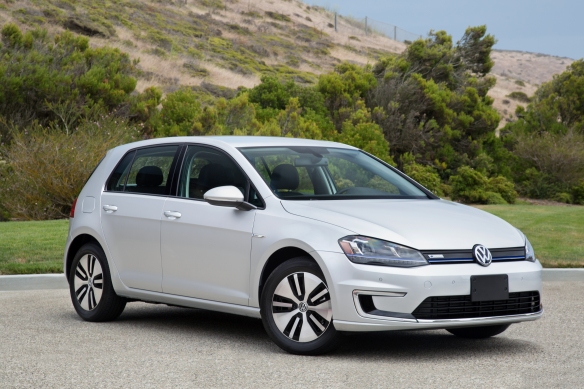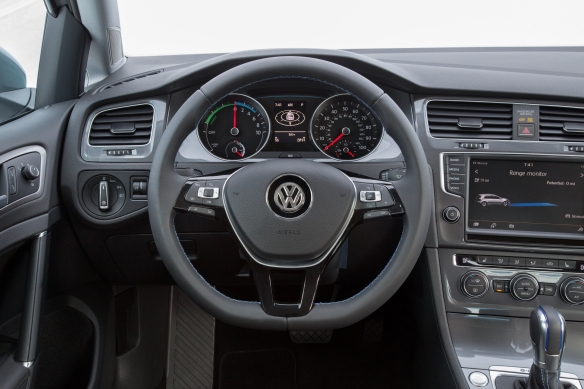
Today, at work, as part of a series of talks on leadership, I heard a talk by a polar adventurer and environmentalist. Sir Robert Swan, OBE, is the only person to walk to both the North and the South Poles. And what enormous adventures these were for Sir Robert in his youth. His great adventures helped pave the way for his love of Antarctica, and led to his great work–2041 (2041.com). And he’s still going to Antarctica regularly.
The goal of 2041 is to protect the last great wilderness on earth now, and to prepare for the year 2041, when the agreement ends that declared that the southern continent was the property of everyone on earth. At that point, the continent could start being exploited by private individuals and nations. Sir Robert wants us to be done with mining and oil drilling for energy by 2041 so there’ll be no reason for anyone to come down to the south pole and ruin the pristine wilderness.

Why would it matter what happens to Antarctica? Well, because of the effects of global warming, more and more of the vast area of ice is warming. As chunks melt and slide into the ocean, it raises the sea level. As warned about from scientists, this will submerge coastal cities and lead to disastrous conditions around the world.
My goal with stevegoesgreen.com is to encourage people to move from fossil-fuel-powered vehicles to electric ones as part of the overall effort of slowing global warming and protecting the earth. So I was all ears when Sir Robert told of his 70-day ordeal hiking 900 miles from the coast to one tiny, lonely outpost at the exact South Pole.
During the adventure, Sir Robert worked closely with four others, two of whom accompanied him on his trek while the other two stayed at the original coastal landing. It all worked in the end because everyone did what they needed to do, and were all leaders in their own area. The goal was clearly stated, all the details were worked out, and then followed meticulously. It took determination, cooperation, and focus to make it happen. There are many great lessons for teams working under much easier circumstances, which is why our company brought Sir Robert in to inspire us.
Sir Robert’s trip to the North pole began similarly, with a larger, international group, but they ran into patches of melting ice that forced them to change their route and still try to get to the North pole in time, before their supplies ran out. They made it, but it was disheartening to see the destruction of the North Pole ice.
When Sir Robert witnessed for himself the problems at the poles, he became convinced that we must do everything we can to save the earth, and has been dedicated to raising awareness and money ever since. See the 2041.com website for much more about this amazing enterprise.
His parting words, which I don’t have written down, sadly, were about how we must all take leadership responsibility and not wait for others to do what must be done. If we don’t act, maybe no one will. Then, we’re really in trouble.
All I want is for us to give up our gas burners and move to clean energy in our cars. But we can do it for our entire world–and in our own way, make a big difference.



 The Volkswagen Golf has been sold around the world for 40 years. A mainstream model in Europe, it’s less central to VW’s model mix in the U.S. However, with a major redesign for 2015 came Volkswagen’s first all-electric car, the
The Volkswagen Golf has been sold around the world for 40 years. A mainstream model in Europe, it’s less central to VW’s model mix in the U.S. However, with a major redesign for 2015 came Volkswagen’s first all-electric car, the 




